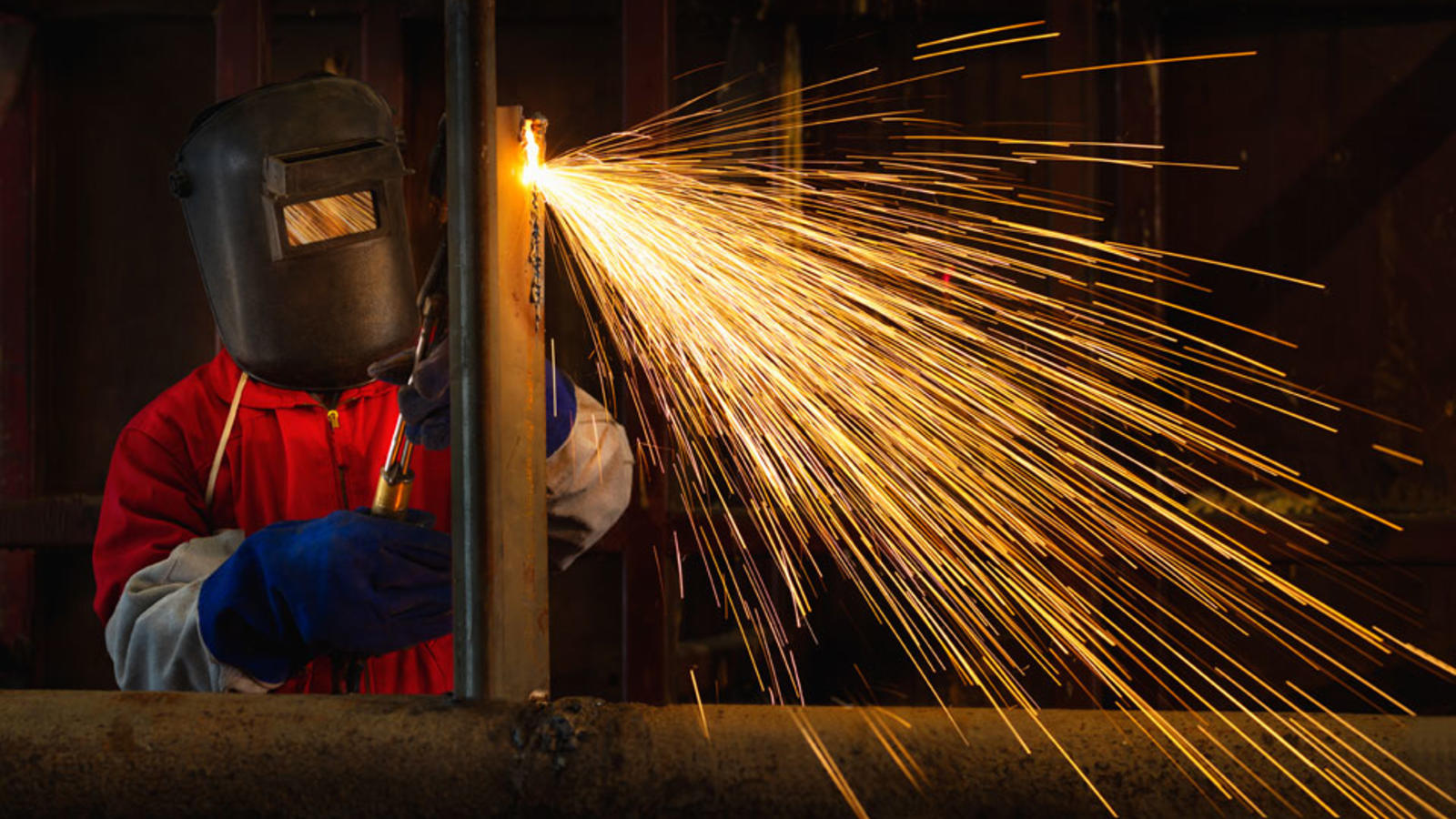Creating a Welding WPS: Step-by-Step Instructions for Professionals
The Ultimate Overview to Welding WPS Procedures: A Comprehensive Introduction for Welders
In the elaborate world of welding, Welding Procedure Requirements (WPS) serve as the foundation of ensuring high quality, uniformity, and safety in welding operations. Recognizing the subtleties of creating, executing, and keeping an eye on WPS treatments is necessary for welders looking to raise their craft and satisfy industry standards. As we explore the different parts of a WPS and explore the ins and outs of qualification and qualification, we will certainly uncover the essential function these procedures play in the realm of welding. Let's start a journey to unwind the intricacies and significance of WPS treatments in welding techniques.
Significance of WPS Procedures
Understanding the value of Welding Treatment Specifications (WPS) procedures is important for guaranteeing the high quality and honesty of bonded frameworks. WPS procedures act as a roadmap for welders, describing the necessary steps, specifications, and materials needed to accomplish an audio weld. By sticking to WPS standards, welders can guarantee uniformity in their work, causing structurally sound and reputable welds.
One of the primary reasons why WPS treatments are necessary is their duty in preserving weld top quality and stability. Adhering to the specified welding specifications and techniques described in the WPS aids stop defects such as porosity, fracturing, or insufficient combination, which can jeopardize the strength and resilience of the weld.

Elements of a WPS
A Welding Treatment Specification (WPS) usually makes up vital elements that detail the details needs for implementing a weld, making certain consistency and quality in the welding process. The crucial components of a WPS include important variables such as base steels, filler metals, preheat and interpass temperatures, welding procedures, shielding gases, welding settings, and post-weld heat therapy demands.
Base steels refer to the materials being joined, while filler steels are used to fill the void between the base steels throughout welding. The welding procedure lays out the particular strategy to be made use of, whether it's gas steel arc welding (GMAW), secured metal arc welding (SMAW), or an additional technique. Welding placements define the positionings in which welding can be done.

Certification and Accreditation
Having established the important elements of a Welding Treatment Specification (WPS), the focus currently shifts in the direction of the important facets of certification and qualification in welding practices.

Qualification, on the various other hand, is the formal recognition of a welder's certifications by a pertinent qualification body or company. Welding qualifications are usually based upon the specific welding processes, products, and settings a welder is certified to collaborate with. Holding a legitimate welding certification shows that a welder fulfills industry requirements and is competent to execute welding tasks to the required specifications.
Producing a WPS
To create a Welding Procedure Specification (WPS) that meets sector standards, careful consideration of welding procedures, materials, and operational criteria is essential. The first step in producing a WPS is to identify the welding procedure to be utilized, such as gas metal arc welding (GMAW) or secured metal arc welding (SMAW)

Implementing and Keeping An Eye On WPS
Upon settling the thorough Welding Procedure Spec (WPS) that diligently details welding processes, materials, operational specifications, and quality guarantee steps, the emphasis changes to properly executing and monitoring the established procedures. Implementation entails making certain that all welders associated with the project recognize with the WPS and follow it meticulously throughout the welding process. This calls for giving ample training and guidance to ensure adherence to the defined procedures. Keeping track of the WPS involves continual oversight to verify that welding tasks line up with the documented specifications. Examinations, screening, and high quality control measures are vital elements of the surveillance procedure to identify any kind of concerns or deviations quickly. Routine audits and evaluations of the welding procedures help in keeping uniformity and top quality throughout the task. Efficient execution and monitoring of the WPS are critical for ensuring the stability, strength, and safety of the bonded joints, ultimately adding to the overall success of the welding project.
Verdict
Finally, understanding and following Welding Treatment Requirements (WPS) is important for welders to ensure quality, uniformity, and security in their work. By understanding the elements of a WPS, obtaining appropriate qualifications and certifications, developing thorough procedures, and carrying out and monitoring them effectively, welders can enhance their abilities and effectiveness in welding techniques. Sticking to WPS treatments is essential for producing high-grade welds and meeting market requirements.
In the detailed globe of welding, Welding Treatment Requirements (WPS) offer as the foundation of guaranteeing top quality, uniformity, and safety in welding procedures. The welding process details the specific method to be utilized, whether it's gas metal arc welding (GMAW), shielded steel arc welding (SMAW), or another method.To develop a Welding Procedure Spec (WPS) that satisfies sector criteria, mindful consideration of welding procedures, products, and functional parameters is vital. The initial step in developing a WPS is to identify the welding procedure to be made use of, such as gas steel arc welding (GMAW) or shielded metal arc welding (SMAW)Upon completing the detailed Welding Treatment Specification (WPS) that carefully details welding procedures, products, operational criteria, and quality assurance actions, the focus changes to effectively executing and checking the well established treatments.